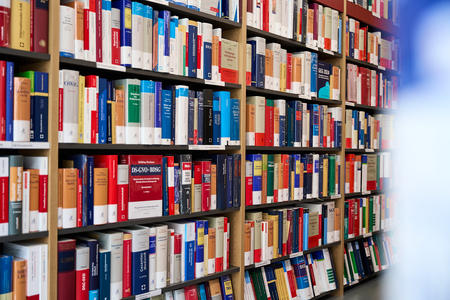PIANOS FOR HAYDN, MOZART AND BEETHOVEN: CHANGE AND CONTRAST
Produktnummer:
181517b211b68946f1b85409f6893c6ed9
| Autor: | Latcham, Michael |
|---|---|
| Themengebiete: | Instrumentenbau Mozart, Haydn, Beethoven Musik |
| Veröffentlichungsdatum: | 01.02.2017 |
| EAN: | 9783873971882 |
| Sprache: | Englisch |
| Seitenzahl: | 533 |
| Produktart: | Kartoniert / Broschiert |
| Verlag: | Katzbichler, B |
| Untertitel: | Selected essays |
Produktinformationen "PIANOS FOR HAYDN, MOZART AND BEETHOVEN: CHANGE AND CONTRAST"
The research for this book began in the 1980s with a study of the pianos of Ferdinand Hofmann, one of the first makers in Vienna, and ended in 2016 with a study of two pianos, one of 1780 by Johann Andreas Stein, the other of about 1802 by Anton Walter; neither of these instruments has been the subject of a publication until now. Over time, the research quickly grew to include a study of all the surviving instruments by Stein, singled out for praise in a letter of Mozart’s written in 1777 to his father, and of the pianos of Walter, the maker of Mozart’s own piano and the most famous maker in Vienna in his day. Other makers with essays in the book devoted to their work include Johann David Schiedmayer, perhaps Stein’s best journeyman, Nannette Streicher, Stein’s famous daughter and Johann Ludwig Hellen who worked between about 1760 and 1780 in Bern. Although the essays are based on older publications, they have been revised and brought up to date, ammending errors and adding new discoveries and conclusions. In this respect, the editions of the notebooks of both Stein and Schiedmayer, recently published by Michael Latcham, have provided new insight. The essays include complete lists of the instruments of Stein, Streicher, Schiedmayer, Hofmann, Walter and Johann Ludwig Hellen. The essays not only analyse the work of these key makers but also of many others. These include early German makers such as Gottfried Silbermann and Franz Jacob Spath as well as touching on the work of the English and French firms. The developments made by all these makers give a good idea of the variety of instruments available to composers, players and amateurs in the period 1770 to 1825. The book shows that the designs of the pianos built by famous makers not only changed radically over time during their individual careers but also went through conservative periods. While Nannette Streicher remained conservative before 1805, Walter made pioneering advances up until about 1802; by about 1807 their roles were reversed. The resulting picture is one of extraordinary diversity in terms of the sizes and sounds of their pianos and the aims for which they were made. This variety, demonstrated and elucidadted by this book, offers a refined and yet wide choice to those seeking out appropriate pianos for well-informed performances on historical instruments. At the same time, considerable additional information about the makers involved and about those who owned their instruments is provided. Many characteristics, measurements and details of the instruments are summarised in tables; the book, with more than five hundred pages, is richly illustrated.

Sie möchten lieber vor Ort einkaufen?
Sie haben Fragen zu diesem oder anderen Produkten oder möchten einfach gerne analog im Laden stöbern? Wir sind gerne für Sie da und beraten Sie auch telefonisch.
Juristische Fachbuchhandlung
Georg Blendl
Parcellistraße 5 (Maxburg)
8033 München
Montag - Freitag: 8:15 -18 Uhr
Samstags geschlossen
